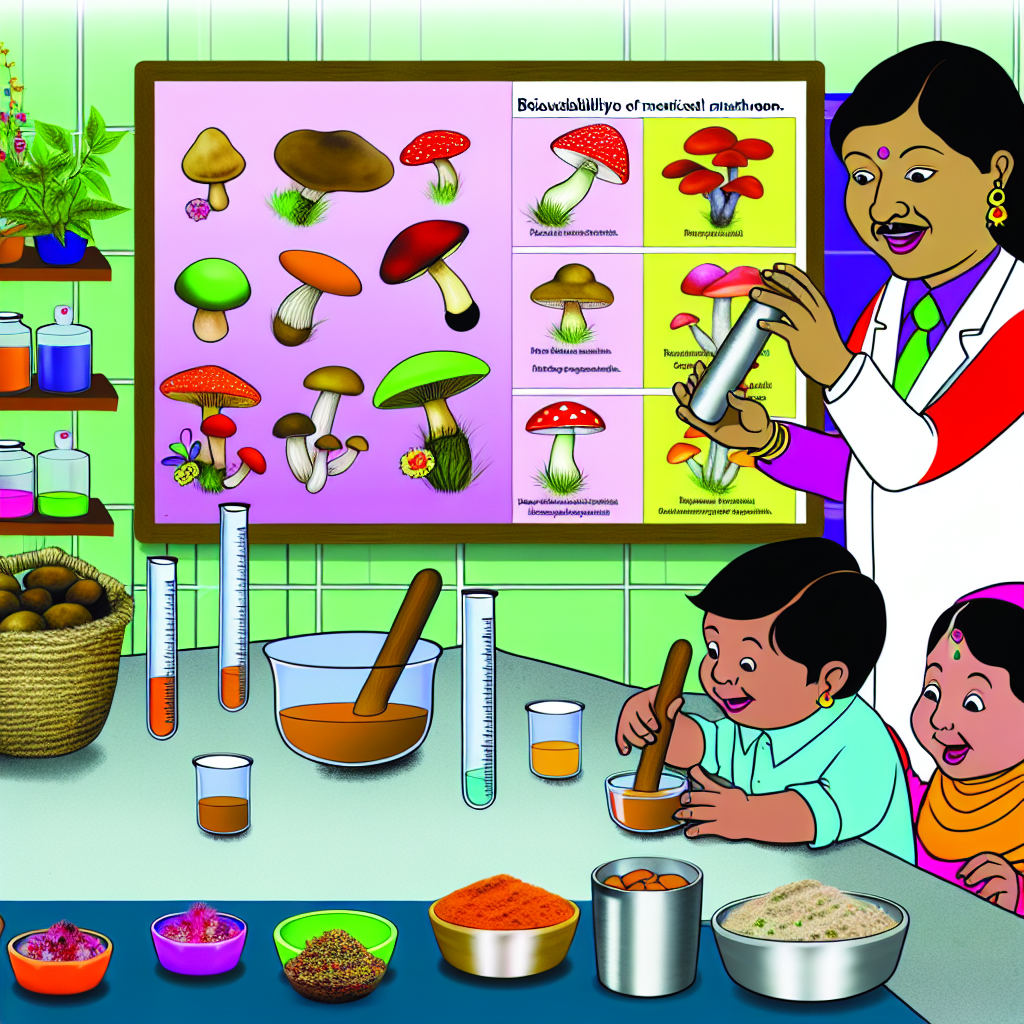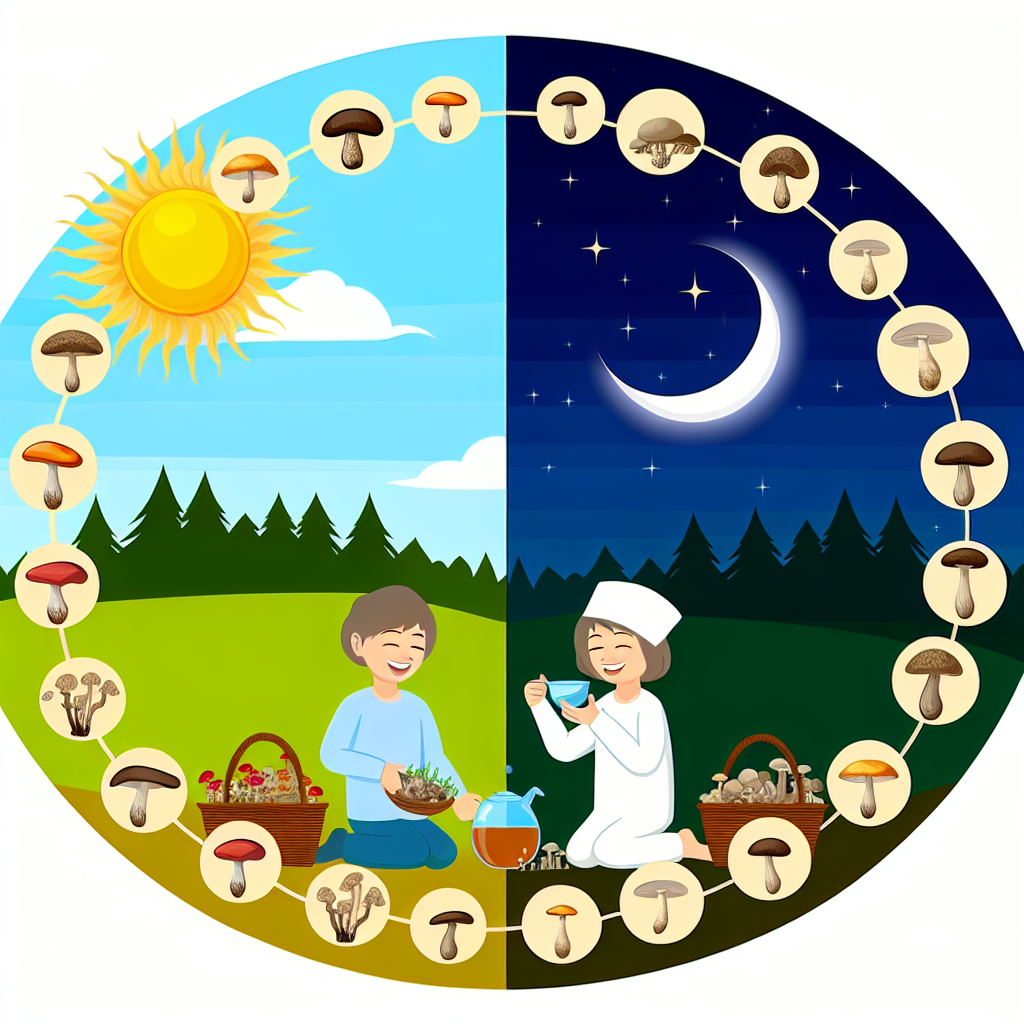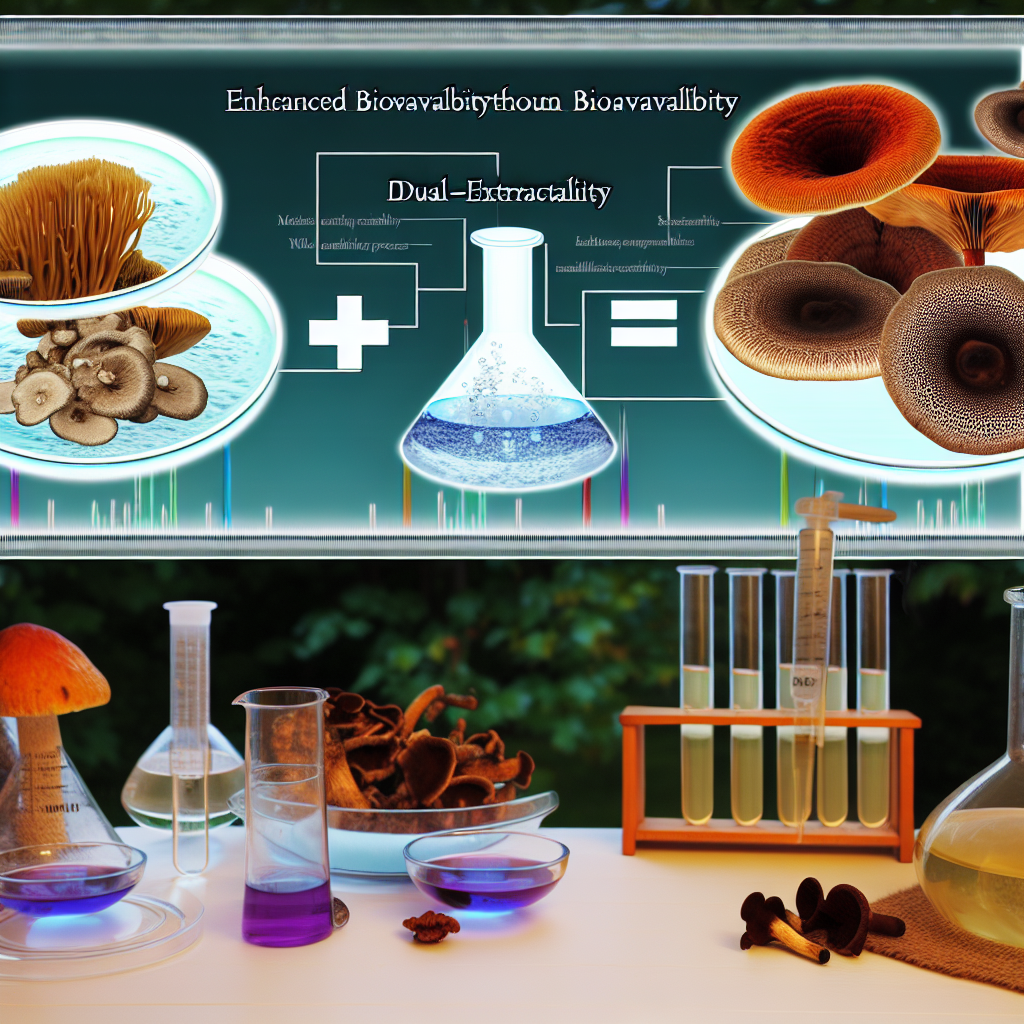Creating Child-Friendly Medicinal Mushroom Preparations: Taste and Bioavailability
**Published on [Date] by [Your Name or Blog Name]**
In the evolving world of natural health and functional foods, medicinal mushrooms have garnered immense attention for their numerous health benefits. From boosting the immune system and reducing inflammation to supporting cognitive development and emotional regulation, these fungi are being increasingly recognized as powerful agents in promoting holistic wellness.
However, while the therapeutic use of mushrooms like reishi, lion’s mane, cordyceps, and chaga is becoming mainstream among adults, very little focus has been placed on ensuring these powerful remedies are safe, palatable, and effective for children.
Why Kids Need a Different Approach to Medicinal Mushrooms
Children have unique nutritional needs—and your average mushroom extract doesn’t exactly appeal to young taste buds. The earthy, bitter flavor of many functional mushrooms is often a deal-breaker for children, and many parents find it nearly impossible to get their kids to consistently take these supplements.
In addition to taste barriers, there’s the issue of optimizing bioavailability—ensuring that kids actually absorb and benefit from the medicinal compounds within the mushrooms. As more families turn to natural remedies for immune support, emotional well-being, and even conditions like ADHD, it becomes crucial to create functional mushroom products specifically tailored to growing bodies and developing palates.
The Rising Demand for Natural Pediatric Wellness Solutions
Trends show a strong shift toward holistic child health. Parents are increasingly interested in natural supplements to support:
– Immune resilience
– Sleep quality
– Focus and attention (especially in ADHD)
– Stress management
– Gut-brain health
Medicinal mushrooms, thanks to their adaptogenic, neuroprotective, antiviral, and immune-modulating properties, offer an exciting alternative or complementary strategy in pediatric care. However, taste-masking techniques, precise dosing, and formulating for better absorption are essential if mushrooms are to be widely accepted and effective for children.
Top Functional Mushrooms for Kids’ Health
While many mushrooms are beneficial, the following varieties have shown exceptional promise for pediatric applications:
Lion’s Mane (Hericium erinaceus)
This brain-boosting mushroom promotes the production of Nerve Growth Factor (NGF), which plays a role in cognitive development. Though pediatric studies are limited, preclinical research indicates potential as an aid in learning and neurodivergent conditions like ADHD.
👉 Read study
Reishi (Ganoderma lucidum)
Known for its potent immune-boosting and anti-inflammatory effects, reishi may help reduce the frequency of respiratory infections in children.
👉 Read study
Chaga (Inonotus obliquus)
Often used in traditional Eastern European medicine for immune support, chaga is rich in antioxidants and has antiviral properties. Its flavor is milder compared to other fungi, making it more child-friendly.
👉 Read study
Making Mushrooms Tasty: Flavor-Masking Strategies That Work
The number one obstacle to giving children medicinal mushrooms is the taste. Fortunately, there are several delicious and effective ways to incorporate them into snacks and drinks that kids will love.
⭐ Use fruit purées: Banana, mango, dates, and apple can neutralize bitterness.
⭐ Add healthy sweeteners: Monk fruit extract, stevia, or a touch of raw honey (only for kids over 1 year).
⭐ Combine with superfoods: Cacao, vanilla, or berries not only mask flavor but may enhance nutrient absorption.
⭐ Blend into foods: Mix into baked goods like muffins, soups, smoothies, oatmeal, or even pancakes.
Smart Delivery Systems: Dosage Forms Kids Love
In recent years, manufacturers and formulators have gotten more creative (and kid-conscious). Popular child-friendly delivery methods include:
– Gummies made with gelatin or pectin
– Flavored drink powders (think hot cocoa + chaga!)
– Glycerin-based tinctures (no alcohol!)
– Chewable tablets
– Nut-butter based mushroom balls or bites
These formats offer flexible dosing and make routine supplementation more appealing for picky eaters.
Bioavailability: Getting the Most Out of Medicinal Mushrooms
Just adding mushrooms to food won’t guarantee your child gets the full benefits. Here’s why:
– Polysaccharides (like beta-glucans) require hot water extraction.
– Triterpenoids (and other fat-soluble compounds) respond best to alcohol extraction—though that’s not suitable for children.
– Glycerin-based extracts and dual-extraction mushroom powders are ideal for maximizing bioavailability in kid-safe ways.
Bonus tip: Pair mushrooms with vitamin C-rich foods (e.g., citrus fruits or strawberries). This can increase the absorption of essential polysaccharides and antioxidant compounds.
👉 Learn more about bioavailability
Safety First: Pediatric Recommendations and Guidelines
Before introducing medicinal mushrooms, always consult your pediatrician or a qualified herbalist. Dosage depends on age, weight, health status, and the specific mushroom involved.
Safe integration also requires awareness of:
– Proper extraction methods
– Interaction with medications
– Potential allergies or immune sensitivities
The good news? A growing number of companies are collaborating with pediatric nutritionists to produce child-safe mushroom blends backed by research and dosage data.
👉 See pediatric herbal safety research
Final Thoughts: Embracing Functional Mushrooms in Children’s Wellness
Creating child-friendly medicinal mushroom preparations goes beyond flavor—it’s about ensuring that children safely receive the therapeutic benefits of these ancient fungi in forms they’ll actually enjoy.
By combining emerging medical research with clever food science and natural ingredients, we can help families embrace mushroom-based wellness as part of everyday health routines. With thoughtful formulation, parent education, and guidance from pediatric experts, mushrooms can play a valuable role in helping the next generation grow up healthier, smarter, and more resilient.
—
**Summary:**
This article explores the rising demand for child-friendly medicinal mushroom preparations and provides insights on top functional mushrooms for kids’ health, effective flavor-masking strategies, and optimal bioavailability. It emphasizes the importance of creating safe, palatable, and effective mushroom-based supplements tailored to the unique needs of growing bodies and developing palates.
**References**
1. Hericium erinaceus and Cognitive Function: https://www.ncbi.nlm.nih.gov/pmc/articles/PMC5987239/
2. Ganoderma lucidum Immune Benefits: https://www.frontiersin.org/articles/10.3389/fphar.2020.00248/full
3. Antiviral Activity of Chaga: https://www.ncbi.nlm.nih.gov/pmc/articles/PMC7088432/
4. Mushroom Bioavailability Insights: https://doi.org/10.3390/molecules28114489
5. Pediatric Herbal Use Safety: https://www.ncbi.nlm.nih.gov/pmc/articles/PMC3257706/

Dominic E. is a passionate filmmaker navigating the exciting intersection of art and science. By day, he delves into the complexities of the human body as a full-time medical writer, meticulously translating intricate medical concepts into accessible and engaging narratives. By night, he explores the boundless realm of cinematic storytelling, crafting narratives that evoke emotion and challenge perspectives. Film Student and Full-time Medical Writer for ContentVendor.com




